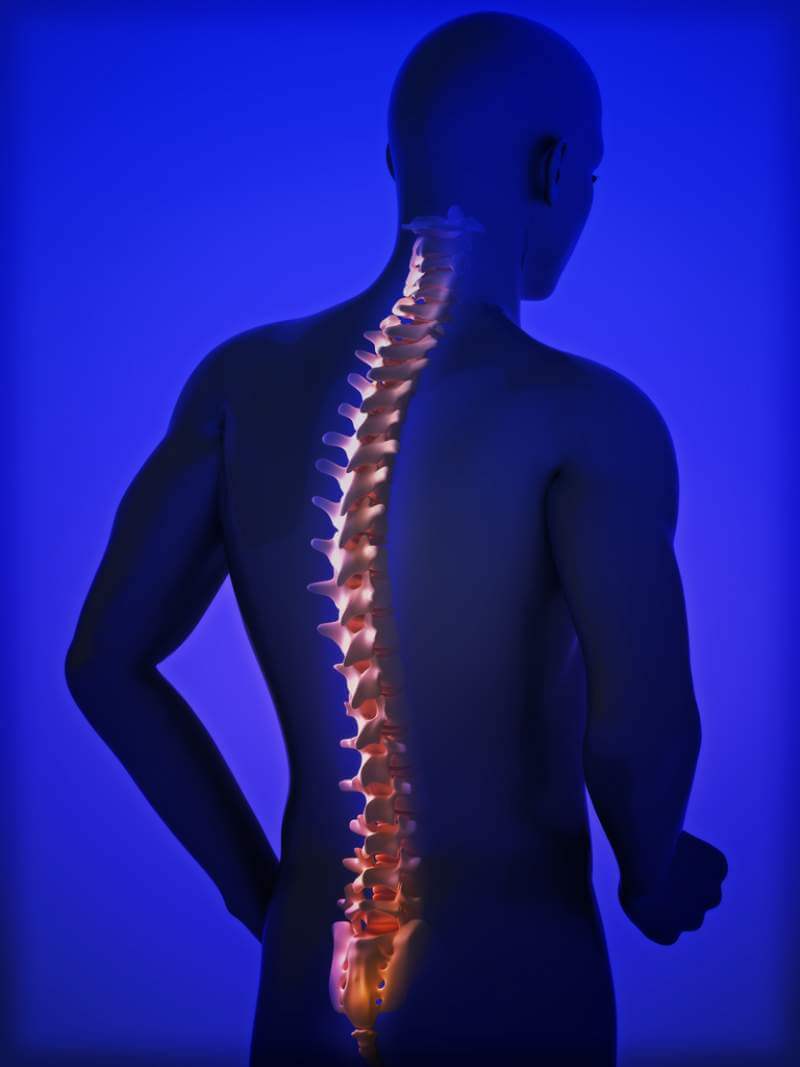By practicing everyday helpful exercises and techniques to ensure the health of your spine, these added lifestyle enhancement will lead to the overall improvement of your spine health and execution of daily tasks. Whether it be through yoga, pilates, squats, or weight training, these habitual exercises can help to loosen and strengthen the spine as well as relieve minor aches that if otherwise went overlooked, could lead to serious health concerns in the future. Caring for your spine is an assured way of caring for your livelihood. For preventative efforts and reasons to love your spine, take a glance at these tips and tricks before heading to your next routine check-up.
Why Love Your Spine?

A healthy spine is essential to a healthy lifestyle. Those who suffer from chronic back pain are generally less healthy than those who do not and often lead less active lifestyles. According to the American Chiropractic Association, the majority of the American population will likely suffer from spinal pain at some point in their life. Overlooking spinal health can not only cause physical pain, but is often felt financially through loss of time at work due to recovery time. Since the function of the spine is linked to movement, overall body support, protection of the central nervous system, coordination, and muscle control, a healthy spine is crucial to maintaining whole body health. Any damage or alteration of the spine can cause irritation to the central nervous system and can lead to health complications with other muscles and organs. Effects from poor spine health can vary from tight or weak muscles to degenerative disc disease, or everyday aches and pain like headaches.
Beat Fatigue

Repeated physical stress and linked psychological stressors provoked by damage to the spine can cause fatigue and strain. Lack of adequate nutrition, exercise, and proper spinal protection techniques can add to a poor night’s rest and overall lack of sleep. Try sleeping on your side or your back to support your spine while you snooze. Sleeping on the side is recommended as the best choice for back health. Use a body pillow to help align your hips, back and shoulders to prevent twisting or straining your back. Place a pillow between your knees and be sure that your head and neck are aligned. Sleeping on your stomach is not recommended if you have lower back pain. This position has shown to place pressure on your spine that can strain muscles and force your neck to bend in awkward or unnatural positions resulting in pain or soreness. If you must sleep on your stomach, place a thin pillow under your stomach to align your spine with your head and bend one knee to alleviate spinal pressure.
Sit Up Straight

Practicing good posture by sitting and standing up straight can not only reduce back pain but give you the appearance of being alert, attentive, and overall healthier without a slouch. Try to avoid rolling your shoulders forward whenever possible to avoid slouching over. Avoiding hunching over for long periods of time or bending at the waste for prolonged periods. The muscles in your lower back may become deconditioned through everyday wear and strain by practicing poor posture that can later turn into pain. Try standing up straight with your ears over your shoulders, your shoulders over your hip joints, and your hip joints over your ankles. When sitting, keep your knees bent slightly lower than your hips with your head and back straight and aligned while maintaining the natural curve of your lower back. To help keep your back aligned and upright, avoid wearing high heeled shoes when possible. High heels have shown to cause strain on the back through altering the body’s natural alignment. Look for footwear that is sturdy and supportive to help ease physical strain on the body and maintain the natural alignment. Overall awareness of your body’s alignment will help to keep you alert and mindful when avoiding the potentiality of straining your back.
Stretch It Out

Try practicing meditation to reduce stress and elongate your spine. Meditation helps to reduce stress levels and encourages mental clarity that can lead to overall improved mood and productivity through reduced pain onset by psychological stressors. Adopting yoga into your daily or weekly routine can help to stretch and strengthen your spine to protect it from day to day strains. Simple yoga poses like downward dog and child’s pose can help to loosen your back and open your chest as well as stretch additional ligaments to encourage improved blood flow and targets stretching the lower back. By adding yoga to your exercise regimen, easy moves and positions can strengthen specific muscles and muscle groups in the body and can gently strengthen the back and abdominal muscles. Additionally, a consistent use of yoga practices over time will result in improved posture and increased balance through proper alignment that help to keep your spine in tip top shape.
About Author:
Jayson believes there are many solutions to your back pain. Having personally suffered from back pain he has tried them all. He started writing in hope of sharing his experiences with those who are looking for help.
